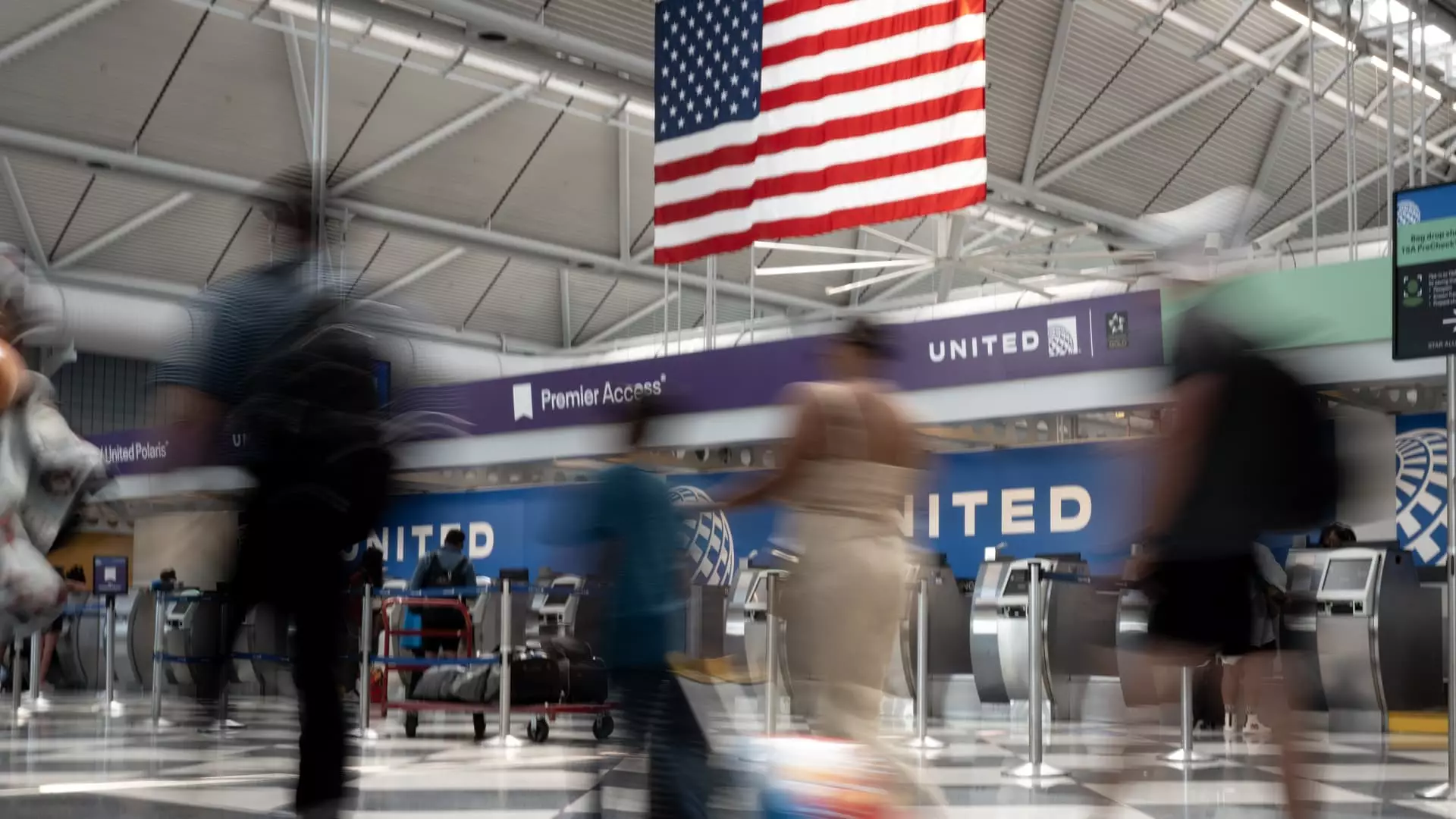The record summer air travel demand in the U.S. is not translating into record profits for airlines. Despite the forecast of record demand and revenue, higher labor and operational costs have eaten into the bottom lines of carriers. Some airlines have slowed down or even halted hiring due to slower demand growth and other challenges, compared to hiring sprees seen after the pandemic. The delays in receiving new, fuel-efficient aircraft from Airbus and Boeing, along with a Pratt & Whitney engine recall grounding dozens of jets, have worsened the situation.
In July, U.S. airlines increased their capacity by flying about 6% more seats compared to the same month in 2023. This expansion has helped keep airfare prices in check but has not translated into financial success for airlines. The NYSE Arca Airline Index, tracking 16 mostly U.S. airlines, has dropped almost 19% this year, significantly underperforming the broader market, as the S&P 500 has surged over 16%. The uncertain outlook for the third quarter, as highlighted by analyst Savanthi Syth, raises concerns about potential challenges like weaker spending from coach-class clientele and the impact of the Paris Olympics on European bookings.
As airlines prepare to report their quarterly results, starting with Delta Air Lines, the industry is closely monitoring the financial performance of key players. Delta, known for its success in marketing premium seats and its lucrative deal with American Express, is considered one of the top performers in the sector. However, the airline forecasted a decline in quarterly adjusted earnings compared to the previous year. Other airlines like United Airlines and Alaska Airlines are also expected to report solid results, according to Wolfe Research airline analyst Scott Group. These carriers are perceived to have less earnings risk and better free cash flow than their counterparts.
The airline industry has seen a surge in passenger numbers, with airports bustling this summer. A record number of nearly 3 million people passed through U.S. airport checkpoints on June 23 alone, reflecting strong demand. Airlines have responded by expanding their schedules, both domestically and internationally, leading to a decrease in fares. The U.S.-Europe capacity is up nearly 8% compared to last year, with new routes targeting leisure travelers. Despite the growth in the number of passengers, some carriers have reported weaker sales due to increased flights and pricing pressures.
Several airlines, including American and Southwest, have faced operational challenges and have had to adjust their strategies. American Airlines cut its second-quarter revenue and profit forecasts, citing weaker pricing due to domestic supply and demand imbalances. Southwest Airlines revised its forecast, acknowledging shifting demand patterns and the need to adapt to evolving customer needs. Budget carriers like JetBlue Airways and Frontier Airlines are undergoing changes to improve profitability, such as cutting unprofitable flights and introducing bundled fares to attract customers.
Despite the current challenges faced by airlines, the industry is expected to recover as capacity adjustments are made in the second half of the year. Airlines are optimistic about regaining financial stability and improving profitability by aligning their strategies with changing market dynamics. As the industry navigates through uncertainties, there is a shared focus on adapting to the evolving needs of travelers and leveraging innovative solutions to drive growth and sustainability.
This analysis of the U.S. airline industry highlights the complexities and challenges faced by carriers amidst record demand and operational constraints. While profitability remains a concern, airlines are leveraging their strengths and strategic partnerships to navigate through turbulent times and emerge stronger in the competitive aviation landscape.

